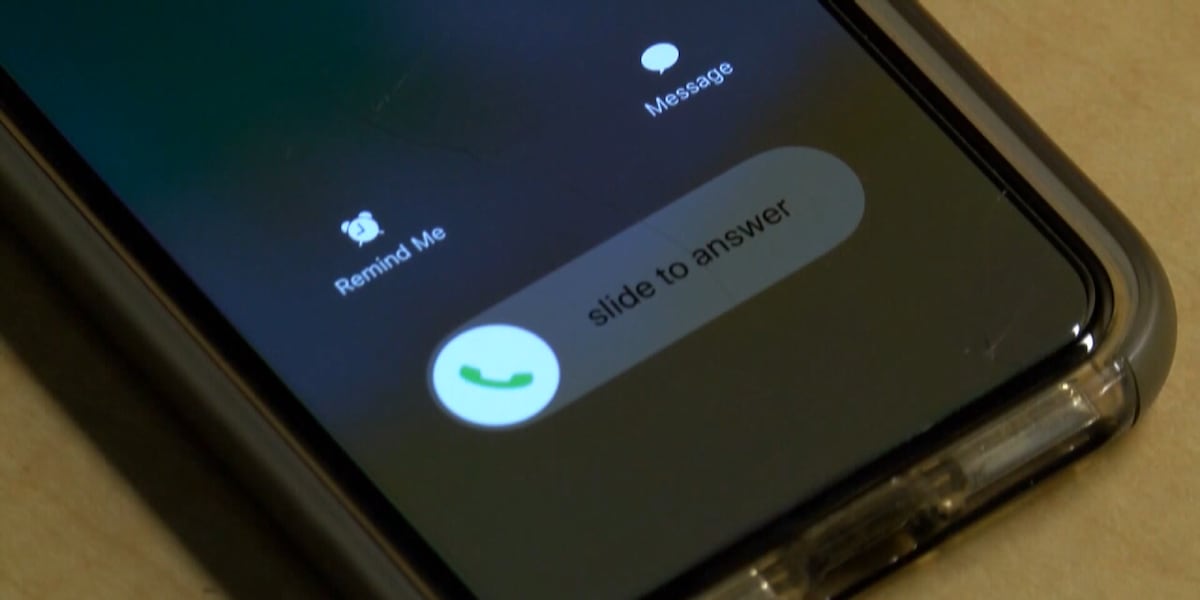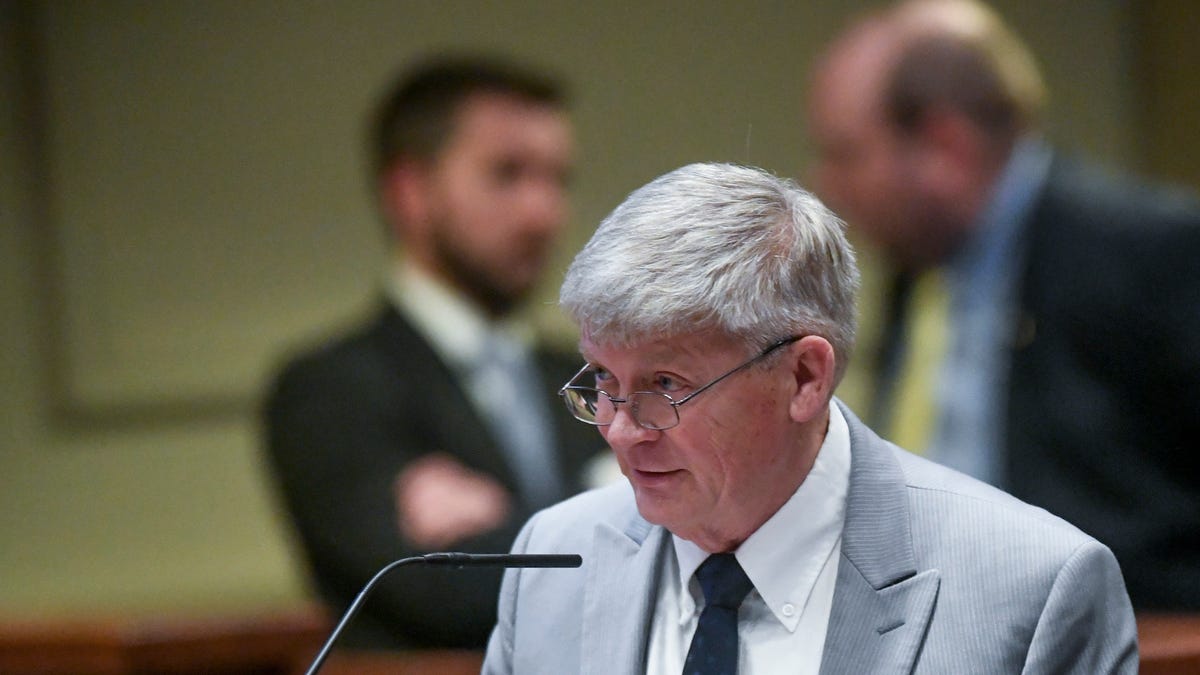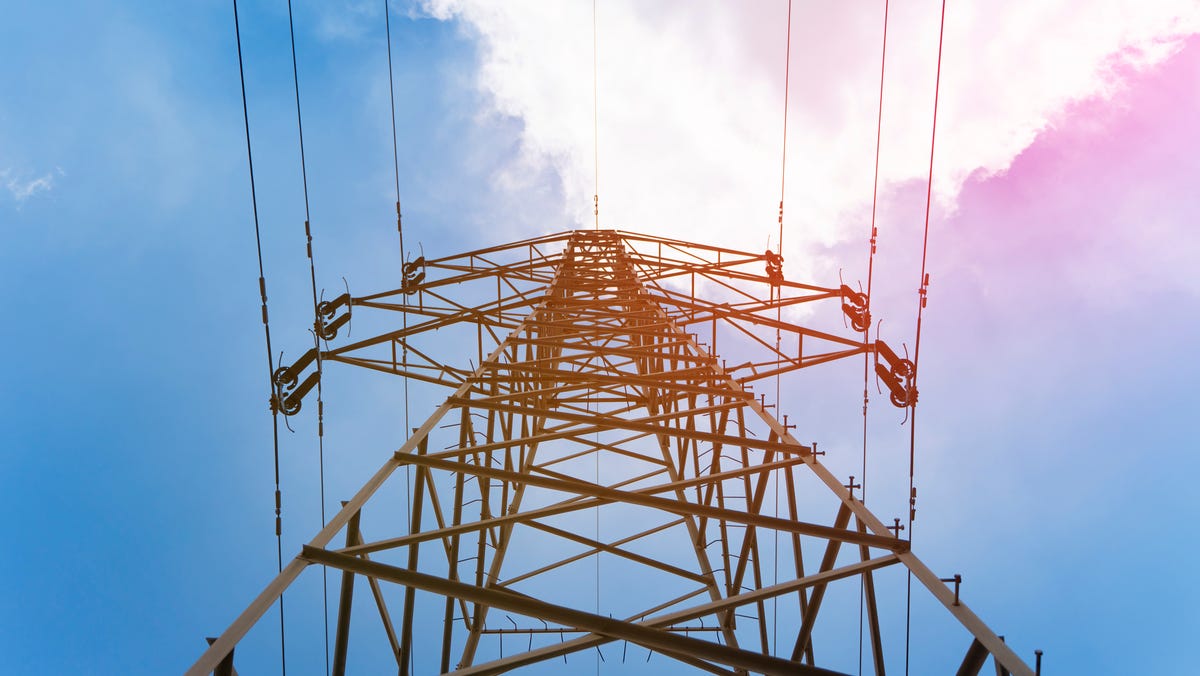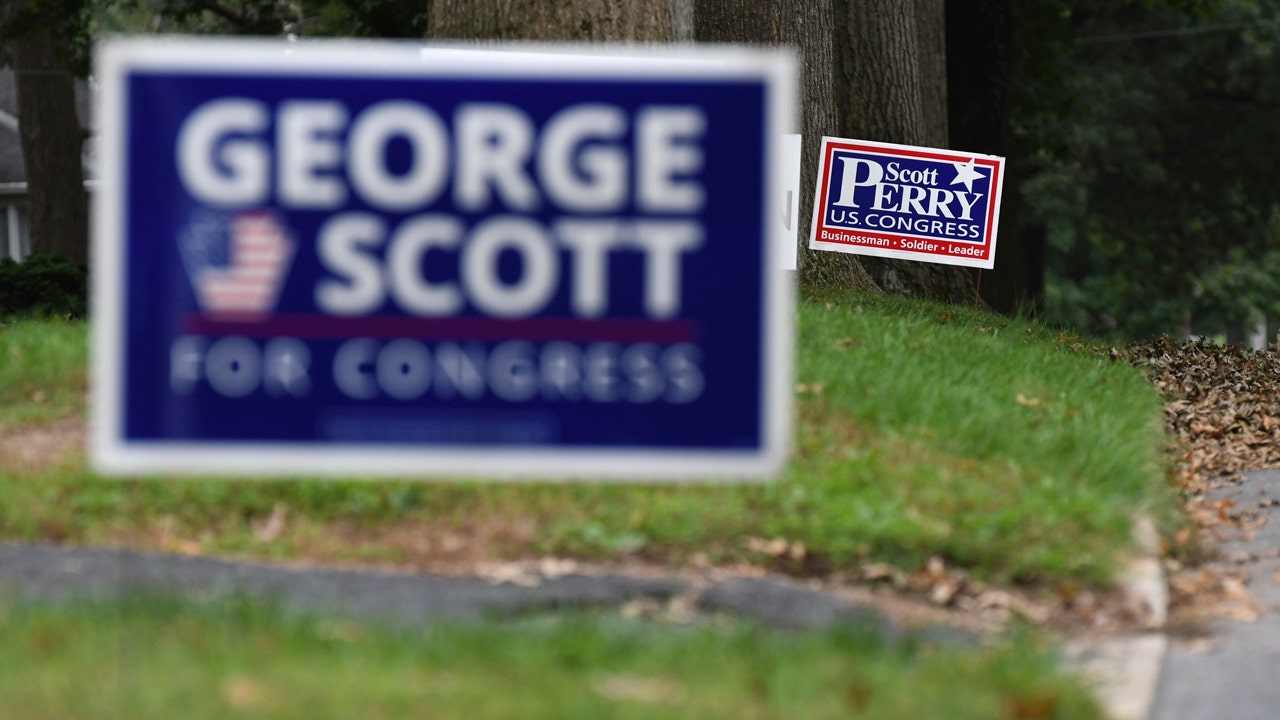Montana
Another way to address high property taxes in Montana – Daily Montanan

I just read an editorial called “Let’s end the property tax blame game” by Kendall Cotton in which he begins by blaming local governments for property tax increases, echoing Gov. Greg Gianforte’s attack on greedy county governments.
For their part, Democrats are saying that the Gianforte administration ignored the advice of the Montana Department of Revenue to implement a revenue neutral tax rate. That’s the rate at which the state would have got the same amount of money after reappraisal as it had before. It was not advice; it was a number the DOR is required to provide by law. And to be fair, it doesn’t seem that any Democrat introduced a bill to change the tax rate, either. (In Montana the appraised value of a home is multiplied by a tax rate to get the taxable value, which is what the mill levies are applied to.)
If I wanted to blame anything I would pin it on COVID and the TV series “Yellowstone” each of which caused people with money and independence to flock to Montana and raise the price of homes in those areas that are not surrounded by flat land and have fancy restaurants.
Cotton’s editorial goes: “There is no such thing as a free lunch in government. The root cause of taxation is government spending.” So, the simple answer is to get rid of government—and police forces and courts and schools and health care and highways and everything that government does, because it is asked to do it. Lincoln put it well:
“The legitimate object of government, is to do for a community of people, whatever they need to have done, but can not do, at all, or can not, so well do, for themselves—in their separate, and individual capacities.”
No, Mr. Cotton, the root cause of taxation is the need to pay for services that the public demands their governments provide as expressed by their approval or disapproval of political policies at the ballot box. Not everyone is happy, but in a democracy, the majority rules.
So, OK, what to do?
The property tax is the oldest form of taxation because it was the easiest to figure out. If a guy in Babylon was sitting on 1,000 bushels (or cubic cubits or however they measured volume then) of wheat, the government knew what wheat was selling for and taxed it accordingly. A property tax is a tax on wealth, it is based on the value of what you own. It is the only tax that is heavily based on external market forces and not individual actions as are wages earned or purchases made. If you look at maps of property tax increases in Montana (the Montana Free Press has an excellent analysis complete with such maps: https://montanafreepress.org/2023/12/07/how-much-montana-property-taxes-are-rising/) you can see that it varies quite a bit from county to county. That’s why it is difficult to find a statewide solution.
Yes, there is a temporary tax rebate which some had a difficult time applying for. I didn’t. Renters couldn’t. But this is a political gimmick used by Democrats and Republicans alike that does little to fix the problem.
The answer to all this, given the complexities, is relatively simple, already exists, and is capable of being broadened. It is the Elderly Homeowner Renter Property Tax Rebate. It is based on the principle that homeowners or renters should not pay more than a certain percentage of their income on property tax. It is now restricted to households with a person over 65 years old, a coddled cadre of individuals who as a group are generally financially more better off than others because they have by that age paid off most of their debt. Their favorable opinion is sought by retailers and politicians alike because there are so many of them (OK, us).
It has the benefits of putting the relief where it is most needed, does not rob the local taxing jurisdictions of needed income, is administered and paid for by the state using state employees and state money. And, if expanded to all ages, is fair. At least two bills were introduced to do this by Democrats but never made it out of committee.
Maybe by the next legislative session it will look better, but I doubt it.

Montana
‘We just can’t take this anymore’: Montana man, 68, begs for ‘moratorium on property taxes’ after his bill reaches $8K a year just ‘to live in our own house’

A senior from Montana has delivered a viral speech about the sorry state of property taxes in the Treasure State.
“I’m on Social Security, I’m 68-years-old and working just to pay my taxes,” says Kurt, in a clip shared on TikTok by Ryan Busse, who is running to be the next governor of Montana.
Don’t miss
Kurt claims that over the last couple of years, his annual property taxes have soared from $895 to almost $8,000 — an increase of around 790% — which he says is like paying almost “$700 a month rent to the state to live in our own house.” The state has an Elderly Homeowner/Renter Tax Credit, and the maximum credit is $1,150.
“There needs to be a moratorium on what we have to pay,” he says, adding that he’s had to continue working into what should be his retirement golden years to cover his mounting property costs. “I’m stubborn enough [that] I don’t want to dig into my bank account to pay them.”
Kurt is one of thousands of Montana homeowners suffering sticker shock over recent property tax hikes. He says: “We just can’t take this anymore. This was a great place and it still is, but the people that made it great can’t afford to live here anymore.”
Here’s what’s going on in the Treasure State.
Soaring property values
There are many reasons why property taxes may increase over time. First and foremost, property tax is typically based on a percentage of a home’s assessed value — so if your value goes up, it’s likely that your tax bill will too.
In Kurt’s case, he claims to have bought his property in 1995. In the 29 years since then, the family home (he does not share where in Montana the property is located) has undoubtedly increased in value.
According to FRED Economic Data’s house price index for Billings, MT (the state’s most populous city), the average house price at the end of 1995 was around $103,860 and by the end of 2023 it had soared around 272% to more than $387,000.
Read more: Jeff Bezos and Oprah Winfrey invest in this asset to keep their wealth safe — you may want to do the same in 2024
Looking at the data since 1985, the steepest jump in value in Billings and elsewhere in the state occurred between 2021 and 2023 — during and after the COVID-19 pandemic, when there was a surge of migration to the state and housing demand quickly outpaced supply. This corresponds with Kurt’s complaint that his property taxes have soared “over the last couple of years,” which likely occurred because his property value increased.
Instead of working deep into what should be his retirement years, Kurt could sell the family home, collect his capital gains and move somewhere smaller (and with a more manageable tax bill) — but the house holds too much sentimental value for him to consider that.
“My children were raised [there]. They want to get married there, and I plan on being there until the very end,” he says — even if that means taking winter and summer shifts.
Other homeowners in Montana, who aren’t quite so attached to their properties, may see selling and moving as their only viable option. According to a Montana Free Press (MTFP) analysis of revenue department data for the 956,000 properties on the state’s property tax rolls in both 2022 and 2023, the median Montana residential property owner saw a 21% hike on their property taxes this year, with typical increases ranging between 11% and 35%. That translates into residential tax bills that will be $98 to $660 a year more.
Where do the taxes go?
Property taxes make up almost 97% of local tax revenue here, considerably more than the 71% share for local governments in all U.S. states together, according to a state legislature brief. Property taxes account for 9.9% of the tax revenue of the Montana state government, as opposed to 1.7% for all the state governments.
Montana’s great reliance on property taxes is possibly due to the comparitively lower tax revenue from sales and excise taxes. Montana has no state or local sales tax.
Property taxes are calculated by multiplying the property’s market value by its tax rate (1.35% for residential properties) and its mill levies (one mill generates $1 for each $1,000 in taxable value). For example, for a property worth $400,000 with a tax rate of 1.35% and a mill rate of 650, the property tax would be $3,510.
Almost all property taxes in Montana go towards county and city government services like K-12 schools, law enforcement and fire departments. This money does not typically go towards state services, like universities and prisons, which are funded by state income tax.
As inflation has increased nationwide, this has not only driven up the cost of living, but it also inflated the costs of providing public services. As a result, some local governments have had to compensate by raising property tax rates.
There’s no easy fix to Montanans’ property tax nightmares. The state department of revenue has promised property tax rebates for the 2022 and 2023 tax years of up to $675 for eligible homeowners, using $350 million from the state’s budget surplus.
While that may help some cash-strapped Montana homeowners, the “moratorium” on taxes that Chuck so desperately wants remains highly unlikely.
What to read next
-
Car insurance premiums in America are through the roof — and only getting worse. But 5 minutes could have you paying as little as $29/month
-
The 5 most expensive mistakes in options trading and how to avoid them
-
These 5 magic money moves will boost you up America’s net worth ladder in 2024 — and you can complete each step within minutes. Here’s how
This article provides information only and should not be construed as advice. It is provided without warranty of any kind.
Montana
Mail ballots for June primary go out to 450K+ Montana voters
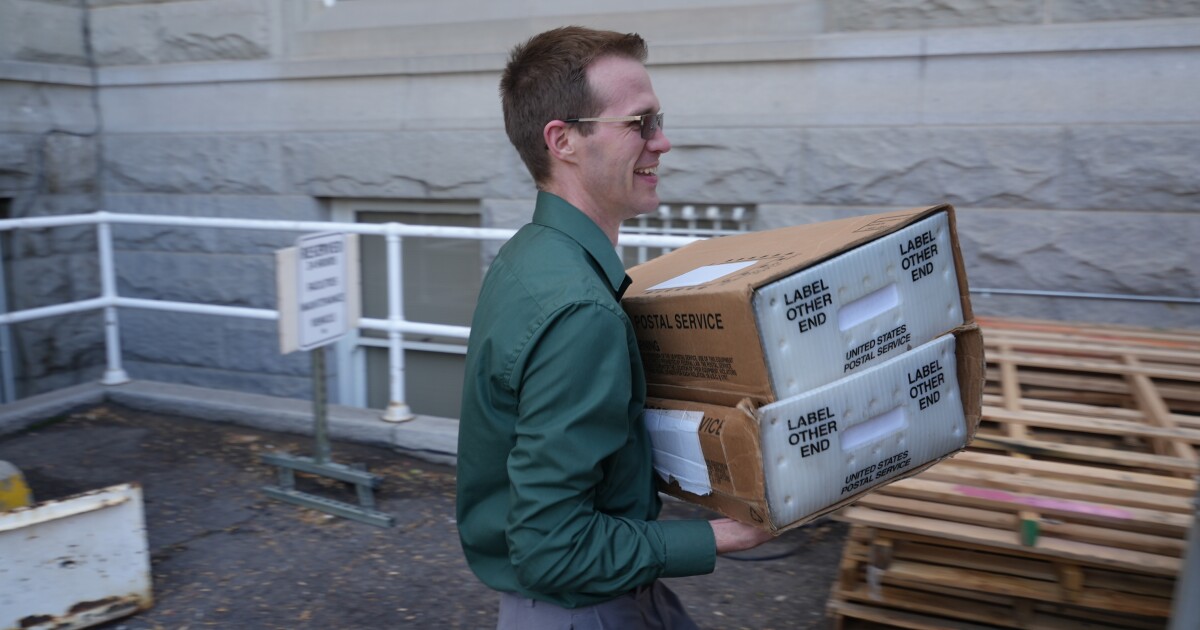
HELENA — Friday marked a key milestone in Montana’s 2024 primary election, as hundreds of thousands of mail ballots went out to voters across the state.
On Friday morning, a U-Haul truck arrived outside the City-County Building in Helena, as the Lewis and Clark County Elections Office packed and sent out their ballots.
Election officials went through envelopes to find voters who changed their addresses after ballots were printed. They then placed them in dozens of trays, loaded those trays into the back of the truck and took them to the post office to be mailed out.
Jonathon Ambarian
In Lewis and Clark County, mail ballots went out to around 34,000 voters. That’s almost 82% of the 41,585 active registered voters in the county, and two-thirds of the 50,966 total registered voters.
A spokesperson for the Montana Secretary of State’s Office said, statewide, officials mailed ballots to more than 450,000 voters Friday – three-quarters of active registered voters.
In the 2022 general election, the Secretary of State’s Office reported 503,923 absentee ballots were mailed out. 376,731 of those were returned – meaning mail votes accounted for roughly 80% of the 468,326 votes cast in that election.
Jonathon Ambarian

Voters should start seeing ballots in their mailboxes in the coming days. Lewis and Clark County leaders said, if you’re expecting a mail ballot and don’t get it by the end of next week, they encourage you to contact the elections office directly.
You can find contact information for your county elections office on the Secretary of State’s website.
In Montana’s primary, voters receive multiple parties’ ballots and must choose one – and only one – to vote on. All voters are going to get Republican, Democratic and Green Party ballots, and those in the state’s western congressional district will also get a Libertarian ballot.
Mail ballots must be received by 8 p.m. on Election Day, June 4, in order to count.
Montana
Possible northern lights viewing in Montana this weekend • Daily Montanan

There’s a good chance you’ll be able to see the northern lights Friday evening into Saturday morning, with the Space Weather Prediction Center forecasting this could be the strongest geomagnetic storm since 2003.
Aurora borealis, also known as polar or northern lights, can typically be seen in higher latitudes. Large geomagnetic storms are linked to solar coronal mass ejections (CMEs), which the center explains are when around a billion tons of plasma from the sun arrive at Earth with its embedded magnetic field.
The center describes auroras as the only way most humans can observe space weather.
The National Weather Service in Billings and Great Falls said on social media there was a good chance of seeing the northern lights with forecasted clear skies and temps in the 30s and 40s.
The Great Falls NWS said the best time for viewing the aurora is between 10 p.m. Friday night and 2 a.m. Saturday morning, but could be possible any time between 9 p.m. and 6 a.m. The NWS recommended getting away from city lights, looking north and being patient.
The center said at least seven earth-directed CMEs are in transit as part of a severe G4 geomagnetic storm, which is second strongest category under extreme G5 storms. The last time the center has been on watch for a storm this strong was in 2005, and the last occurrence was in 2003.
There may be technical issues from the storm, including GPS and power grid interruptions, but the center said critical infrastructure operators have been alerted.
The source of the storm is a large sunspot cluster 16 times the diameter of the earth, according to the center.
For short-term, 30-minute forecasts from the center, go to: https://www.swpc.noaa.gov/products/aurora-30-minute-forecast
-

 Politics1 week ago
Politics1 week agoThe White House has a new curator. Donna Hayashi Smith is the first Asian American to hold the post
-

 News1 week ago
News1 week agoPolice enter UCLA anti-war encampment; Arizona repeals Civil War-era abortion ban
-

 Politics1 week ago
Politics1 week agoAdams, NYPD cite 'global' effort to 'radicalize young people' after 300 arrested at Columbia, CUNY
-

 World1 week ago
World1 week agoTurkish police arrest hundreds at Istanbul May Day protests
-
)
) Movie Reviews1 week ago
Movie Reviews1 week agoThe Idea of You Movie Review: Anne Hathaway’s honest performance makes the film stand out in a not so formulaic rom-com
-

 News1 week ago
News1 week agoSome Republicans expected to join Arizona Democrats to pass repeal of 1864 abortion ban
-

 News1 week ago
News1 week agoSome Florida boaters seen on video dumping trash into ocean have been identified, officials say
-

 World1 week ago
World1 week agoIn the upcoming European elections, peace and security matter the most
